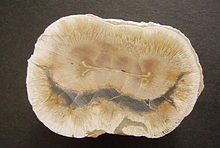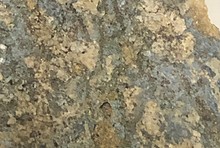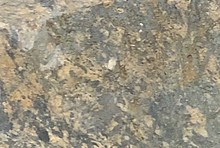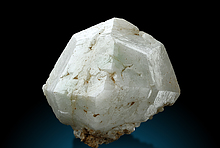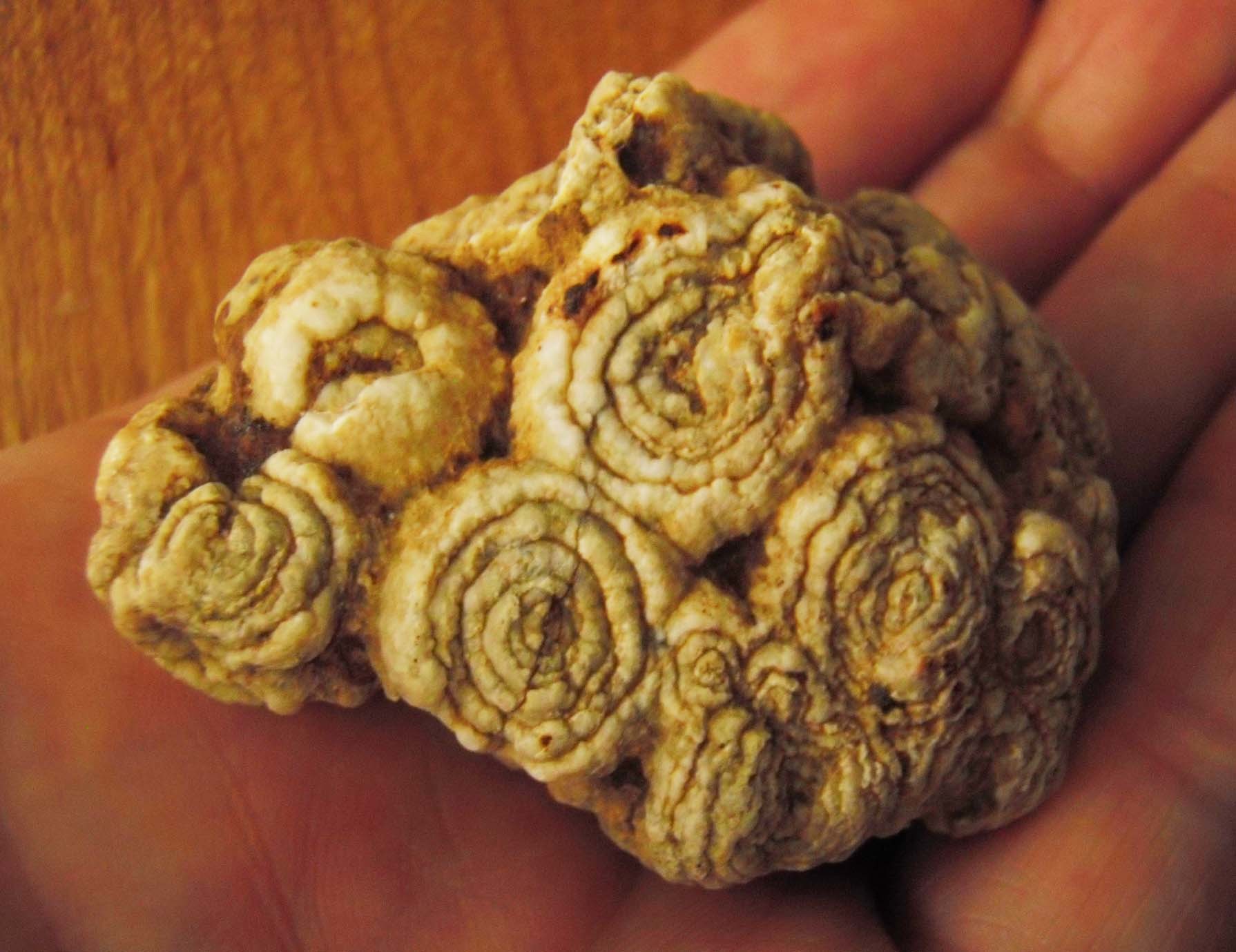Home PageAbout MindatThe Mindat ManualHistory of MindatCopyright StatusWho We AreContact UsAdvertise on Mindat
Donate to MindatCorporate SponsorshipSponsor a PageSponsored PagesMindat AdvertisersAdvertise on Mindat
Learning CenterWhat is a mineral?The most common minerals on earthInformation for EducatorsMindat ArticlesThe ElementsThe Rock H. Currier Digital LibraryGeologic Time
Minerals by PropertiesMinerals by ChemistryAdvanced Locality SearchRandom MineralRandom LocalitySearch by minIDLocalities Near MeSearch ArticlesSearch GlossaryMore Search Options
The Mindat ManualAdd a New PhotoRate PhotosLocality Edit ReportCoordinate Completion ReportAdd Glossary Item
Mining CompaniesStatisticsUsersMineral MuseumsClubs & OrganizationsMineral Shows & EventsThe Mindat DirectoryDevice SettingsThe Mineral Quiz
Photo SearchPhoto GalleriesSearch by ColorNew Photos TodayNew Photos YesterdayMembers' Photo GalleriesPast Photo of the Day GalleryPhotography
╳Discussions
💬 Home🔎 Search📅 LatestGroups
EducationOpen discussion area.Fakes & FraudsOpen discussion area.Field CollectingOpen discussion area.FossilsOpen discussion area.Gems and GemologyOpen discussion area.GeneralOpen discussion area.How to ContributeOpen discussion area.Identity HelpOpen discussion area.Improving Mindat.orgOpen discussion area.LocalitiesOpen discussion area.Lost and Stolen SpecimensOpen discussion area.MarketplaceOpen discussion area.MeteoritesOpen discussion area.Mindat ProductsOpen discussion area.Mineral ExchangesOpen discussion area.Mineral PhotographyOpen discussion area.Mineral ShowsOpen discussion area.Mineralogical ClassificationOpen discussion area.Mineralogy CourseOpen discussion area.MineralsOpen discussion area.Minerals and MuseumsOpen discussion area.PhotosOpen discussion area.Techniques for CollectorsOpen discussion area.The Rock H. Currier Digital LibraryOpen discussion area.UV MineralsOpen discussion area.Recent Images in Discussions
GeneralCabbage-head quartz

5th Aug 2016 17:50 UTCDan Costian
They are not silicified algal colonies such as stromatolites.
From the Mechanicsburg area, Cumberland Co, Pennsylvania.
http://www.mindat.org/photo-763832.html

5th Aug 2016 21:36 UTCsteven garza
No, those are more like the insides of thundereggs, the covering rock completely eroded away. Out west, they're called "onyx roses"; some are even colored a light pink. Usually, they fluoresce like a son-of-a-gun - a BRIGHT green! Since I know of NO volcanic source, anywhere near there, &, since I've collected around Mechanicsburg & several other areas closeby, &, since there used to be a rock shop near rt. 15, I'd guess you found one of their work piles, or, it was removed from THEIR property, & dumped as fill, somewhere else. The sure thing is they DIDN'T come from there, originally; probably from New Mexico - less likely from AZ or NV. Have you checked their fl yet? The brighter green they are, the further east they were. That rock shop closed over 40 yrs. ago. so, you've got some history, there.
Your friend, Steve

5th Aug 2016 21:56 UTCMilton Dye

6th Aug 2016 01:49 UTCDan Costian
Thanks for your precious data about them. Yes, they fluoresce vivid green in short UV. I bought it from a dealer.
As for their origin, please check this article in Pennsylvania Geology, The Pennsylvania Geological Survey, October 1970, page 11.
http://www.dcnr.state.pa.us/cs/groups/public/documents/document/dcnr_20027571.pdf
Your friend,
Dan

6th Aug 2016 02:06 UTCAlfredo Petrov Manager

6th Aug 2016 02:52 UTCD. Peck

6th Aug 2016 04:11 UTCsteven garza
I have to agree; the formation they're in & the time frame of the Gettysburg area volcanics would match. After reading that article Dan supplied & what you said, it makes sense.
Your friend, Steve

6th Aug 2016 15:08 UTCEd Clopton 🌟 Expert
Edit: Here's a snapshot of the larger of my specimens, 5.5 cm left to right:
9th Aug 2016 11:55 UTCRalph S Bottrill 🌟 Manager

9th Aug 2016 17:45 UTCEd Clopton 🌟 Expert




Mindat.org is an outreach project of the Hudson Institute of Mineralogy, a 501(c)(3) not-for-profit organization.
Copyright © mindat.org and the Hudson Institute of Mineralogy 1993-2024, except where stated. Most political location boundaries are © OpenStreetMap contributors. Mindat.org relies on the contributions of thousands of members and supporters. Founded in 2000 by Jolyon Ralph.
Privacy Policy - Terms & Conditions - Contact Us / DMCA issues - Report a bug/vulnerability Current server date and time: April 23, 2024 18:21:59
Copyright © mindat.org and the Hudson Institute of Mineralogy 1993-2024, except where stated. Most political location boundaries are © OpenStreetMap contributors. Mindat.org relies on the contributions of thousands of members and supporters. Founded in 2000 by Jolyon Ralph.
Privacy Policy - Terms & Conditions - Contact Us / DMCA issues - Report a bug/vulnerability Current server date and time: April 23, 2024 18:21:59

